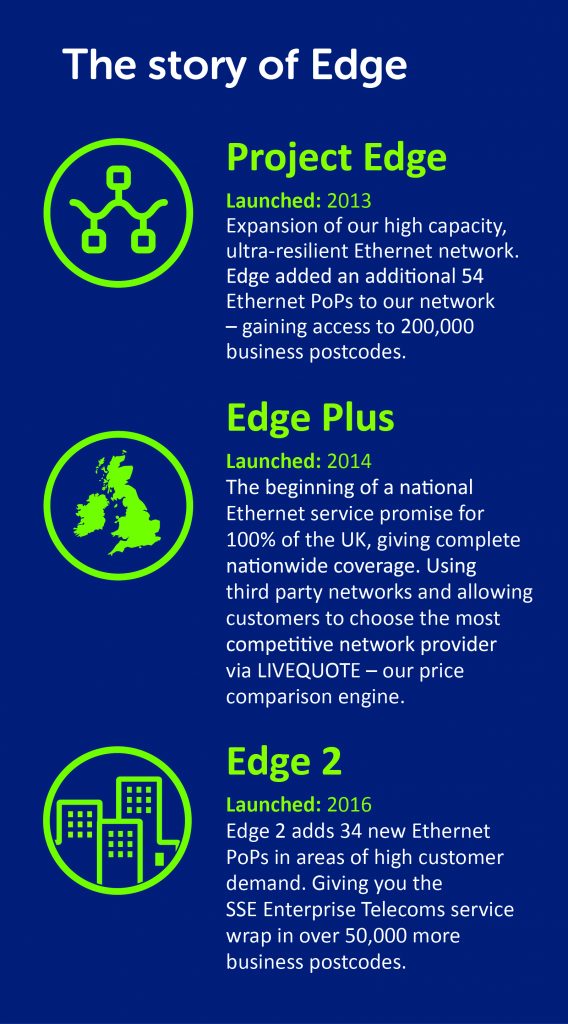Having properly optimised networks in place is fundamental to the success and growth of modern enterprises, especially at a time when 89% of organisations say they have adopted (or have plans to adopt) a digital first strategy. Unfortunately, as Neos Networks’ research has discovered, the majority of IT decision makers are frustrated with their current network platforms.
Just 22% of businesses say they are very likely to renew contracts with their existing provider – citing concerns such as cost (43%), security (34%) and inflexible contract terms (33%) as key frustrations. On their hunt for better alternatives, almost two in five businesses are also looking to have their security concerns allayed.
But if enterprises are going to achieve more secure, flexible and efficient networks, a new approach is needed. With the emergence of Software-Defined Wide Area Networking (SD-WAN), those aspirations could soon become a reality.
What is SD-WAN?
SD-WAN is a software layer which simplifies the delivery of WAN services to branch offices. Regardless of the underlying network in place – Dark Fibre, Ethernet or Business Broadband – SD-WAN allows network managers to slice up routing, using a transport agnostic ‘box’ installed at branch sites. This provides network managers with full visibility of the network, enabling the fastest and most appropriate routes for data transfer to be established and prioritised, and the network as a whole to be optimised for maximum performance and productivity.
The benefits of SD-WAN
SD-WAN comes with an array of benefits, improved visibility being one of the most significant. Without visibility, businesses cannot accurately assess how their network is working as a whole – whether that’s performance, bandwidth suitability, or gaining an awareness of which connectivity is being used most effectively. SD-WAN gives network managers an in-depth understanding of all of these areas, arming them with real-time intelligence for decision-making to make improvements to network performance.
SD-WAN is therefore a solution that improves flexibility and control, making it particularly useful during times of organisational change, for example mergers and acquisitions, or the opening of new branch sites. Although SD-WAN is a relatively new solution, 50% of those who are already using it say they have experienced greater control and more flexibility as a result.
With improved control also comes additional security benefits. Using SD-WAN, businesses can segment their applications based on granular security policies, ensuring the right security protocols are used for relevant sites, data types, or users. For example, a Financial Services organisation will find that an enormous amount of sensitive and personal data traverses its network every day. SD-WAN would enable it to segment applications appropriately to minimise the attack surface.
Another key benefit of SD-WAN is that it simplifies the delivery of WAN services to branch offices. Although a small piece of hardware needs to be installed on-site, this can be done without the help of an expensive engineer – and from that point onward, the connectivity can be controlled and optimised via an SD-WAN portal. Given a third of enterprises are looking for a more flexible, adaptable solution, this simplicity should be highly appealing.
While 31% of those asked revealed they were concerned about the cost of a new network platform, all of these benefits combined can actually help to drive greater efficiencies and deliver savings over time. Although efficiency benefits will vary across businesses, depending on the underlying connectivity they have, the ultimate point is that SD-WAN can help managers understand their networks better – meaning they can improve performance, and feel the productivity benefits as a result.
Ready to find out more?
Neos Networks has extensive telecoms and engineering experience. We can offer commercial security with unrivalled in-house engineering resource to support your SD-WAN and connectivity investments – get in touch to find out more about how we can help.
Or, to learn more, take a look at our eGuide series.









































